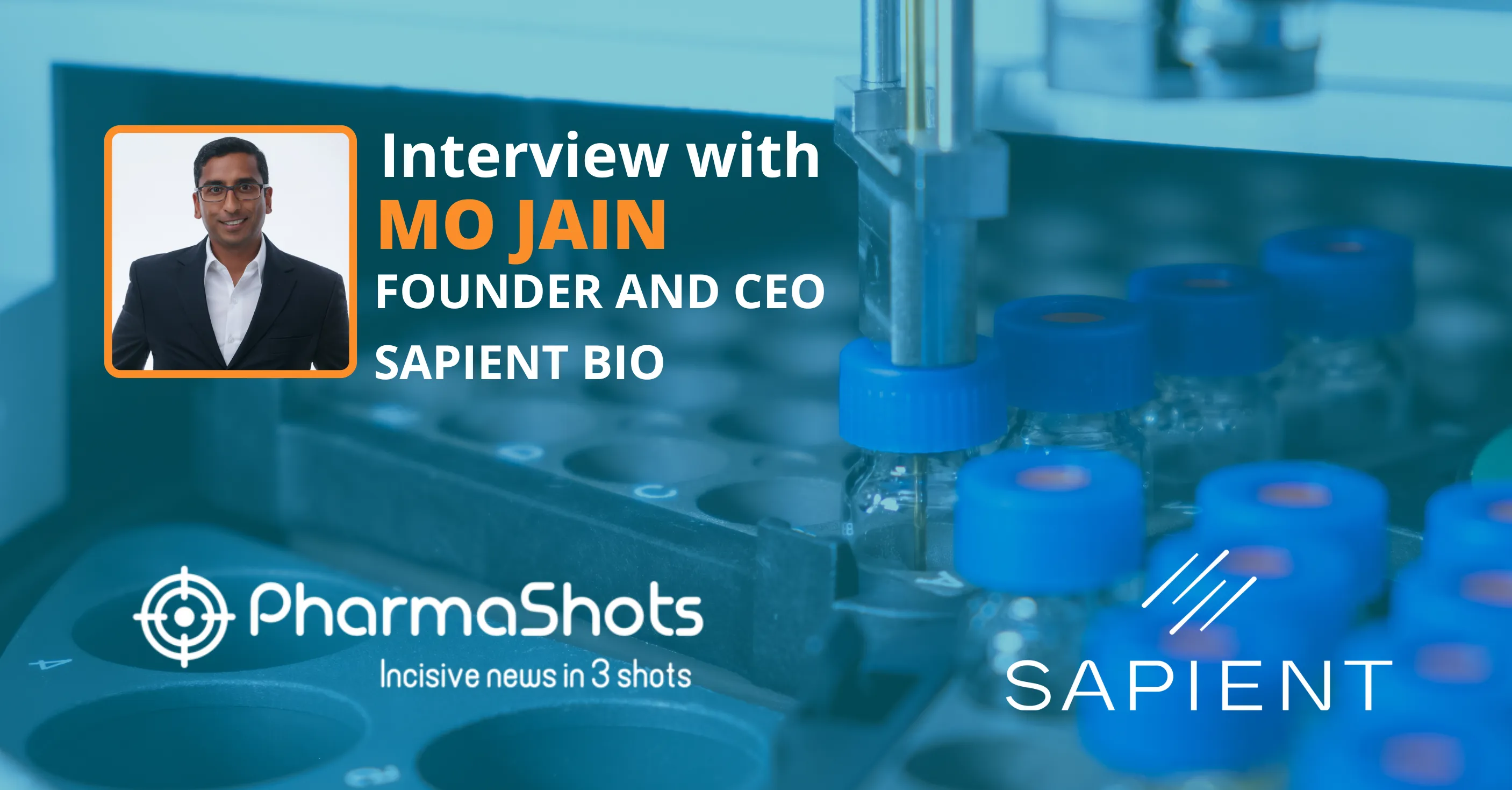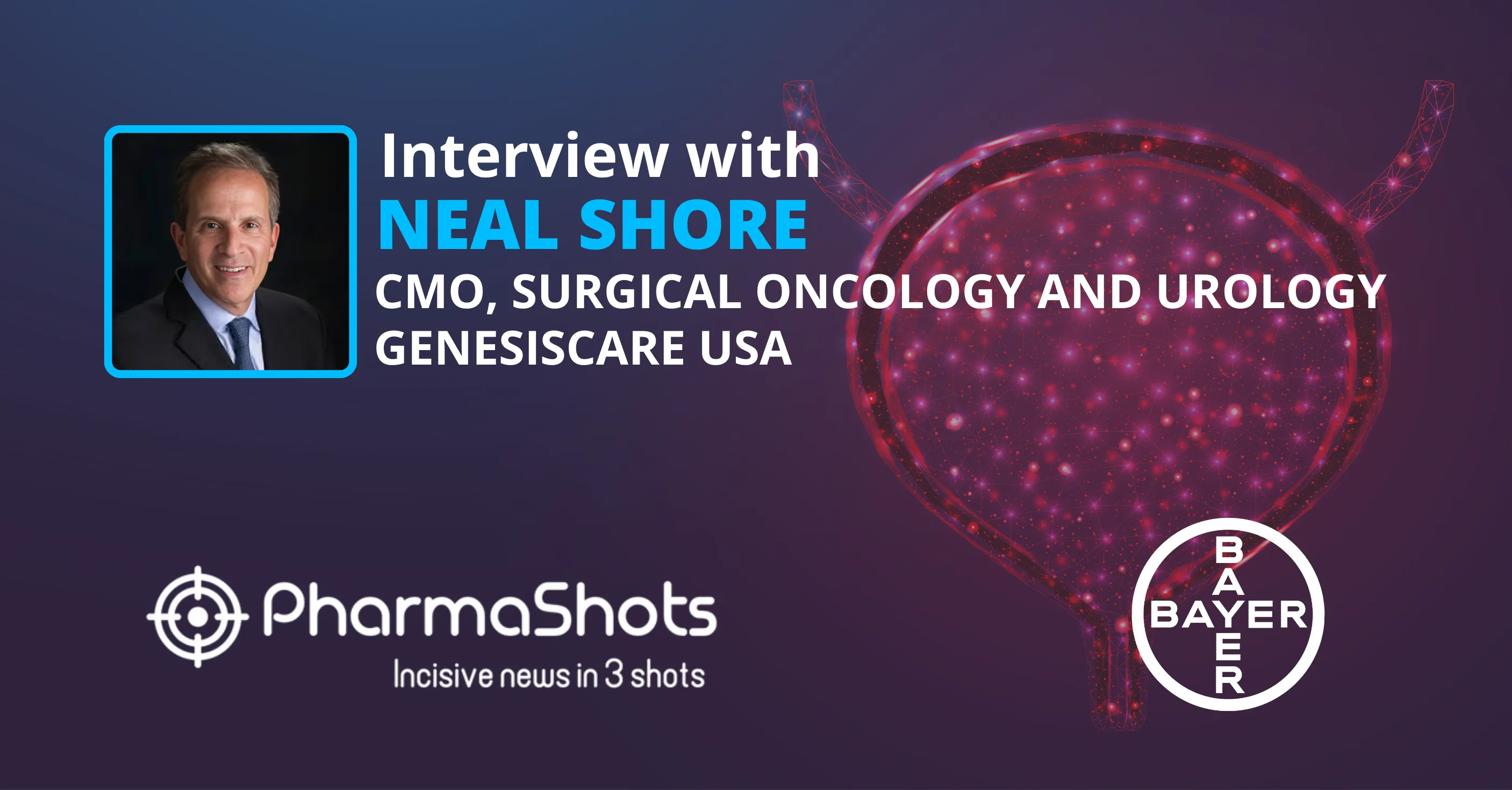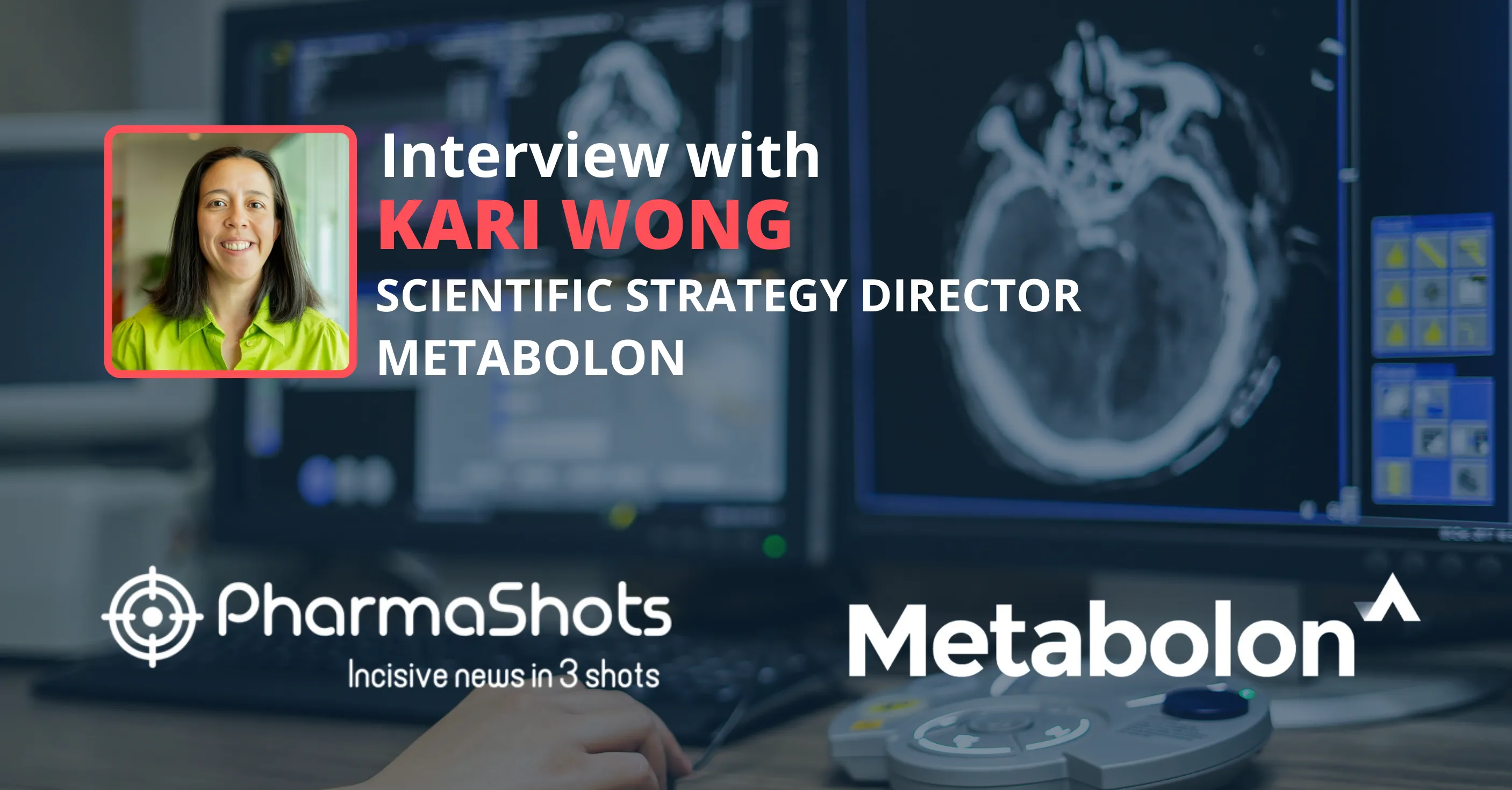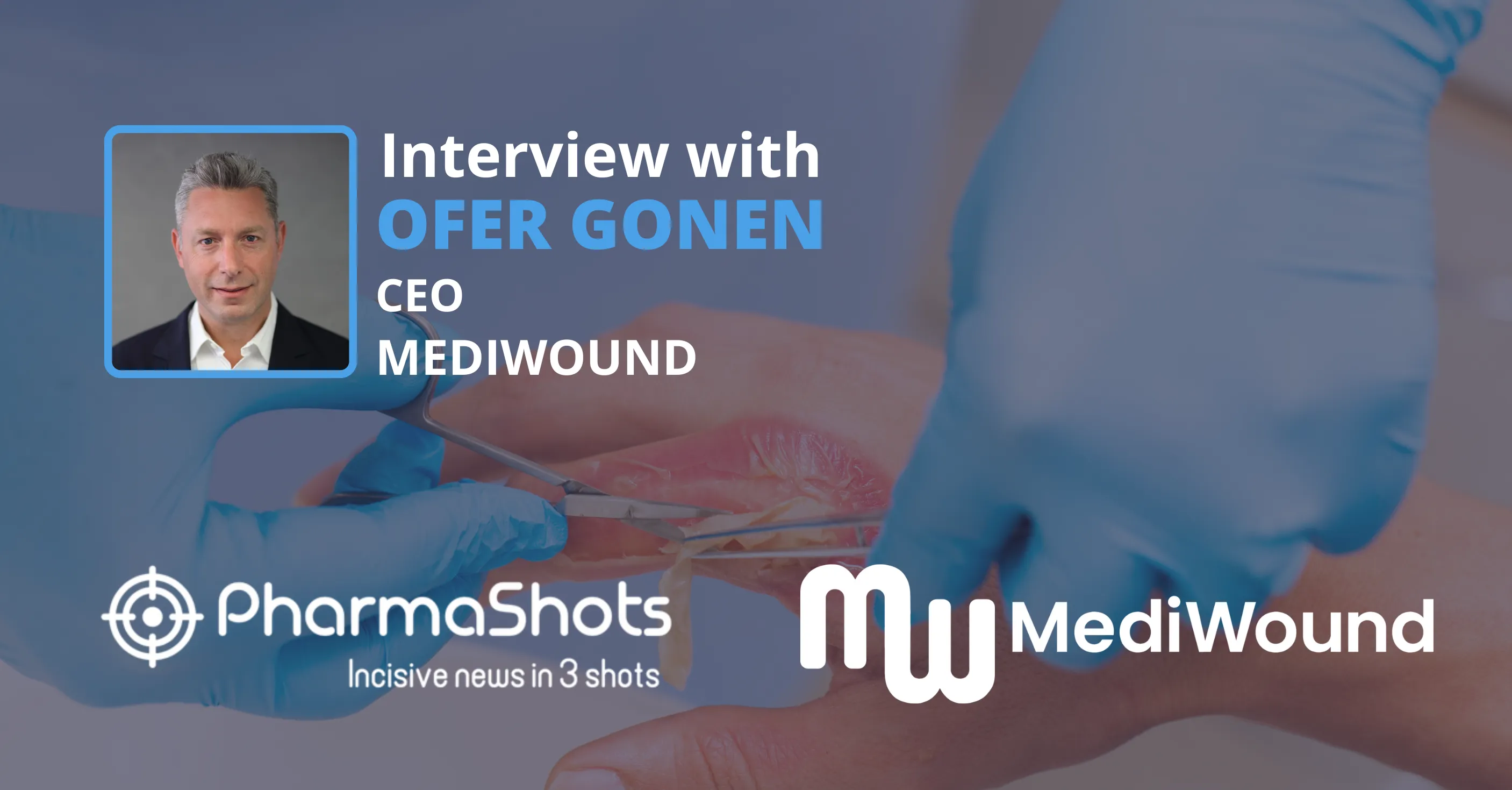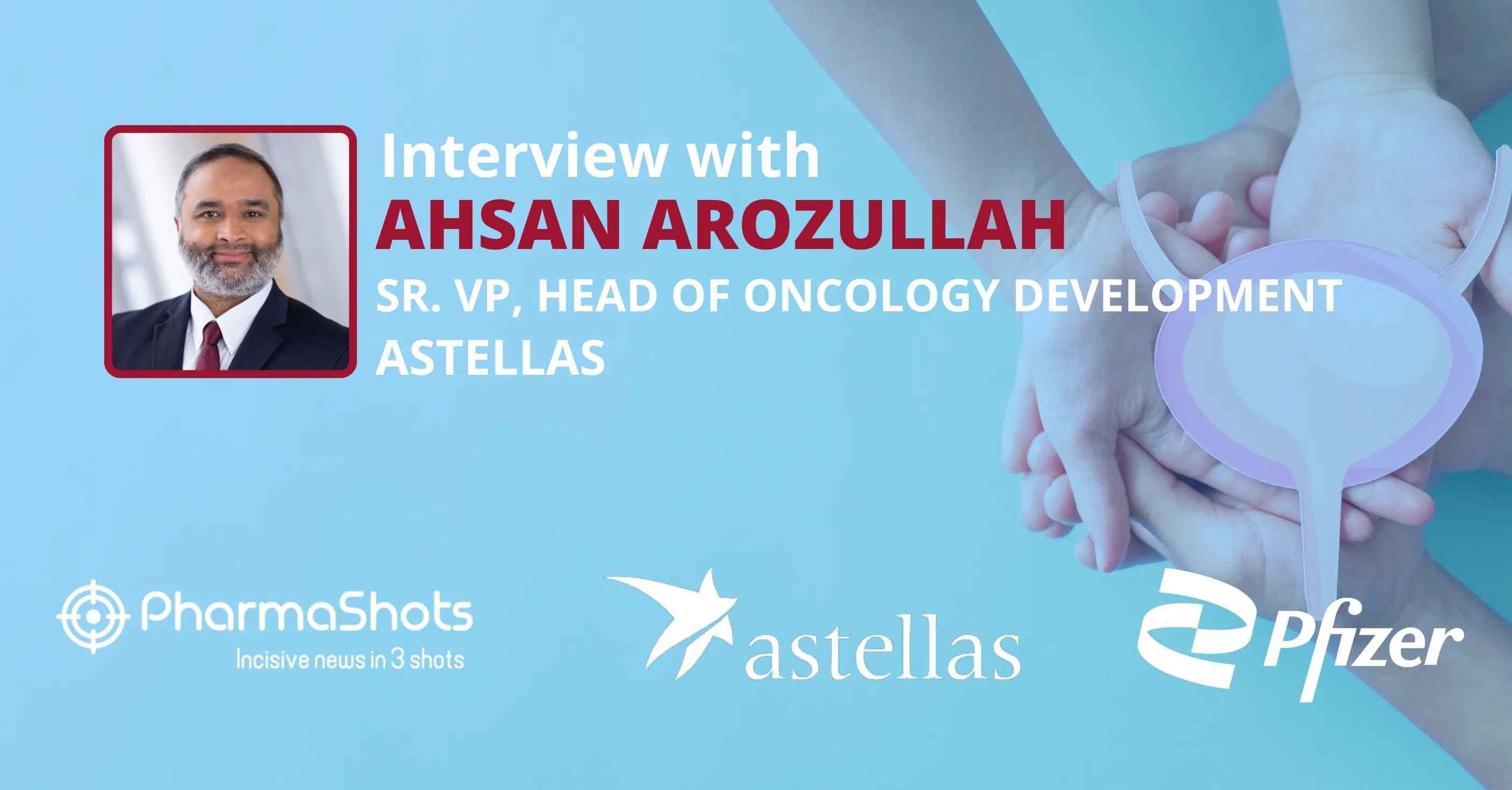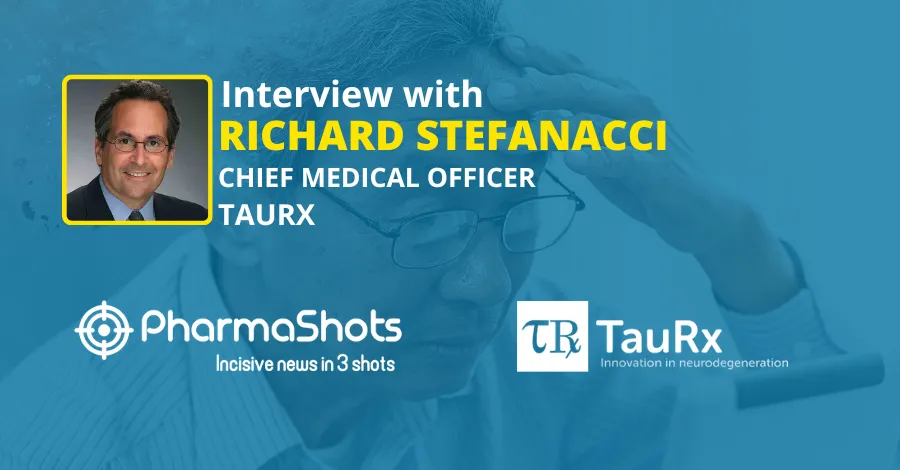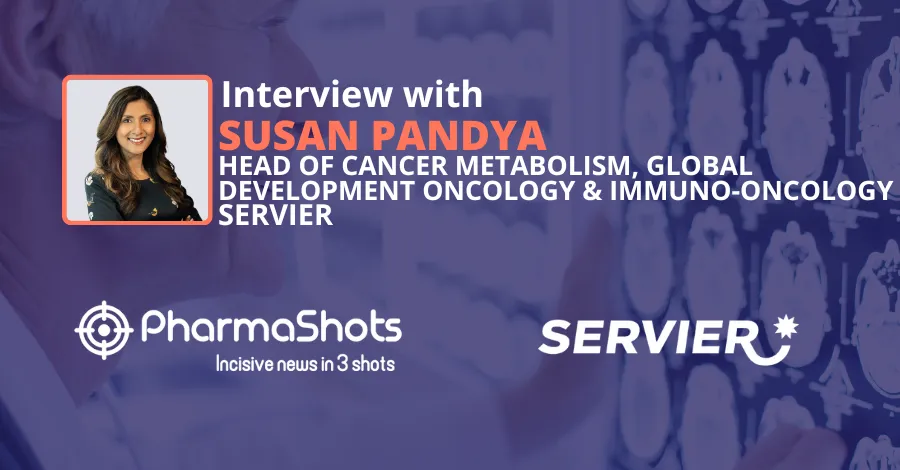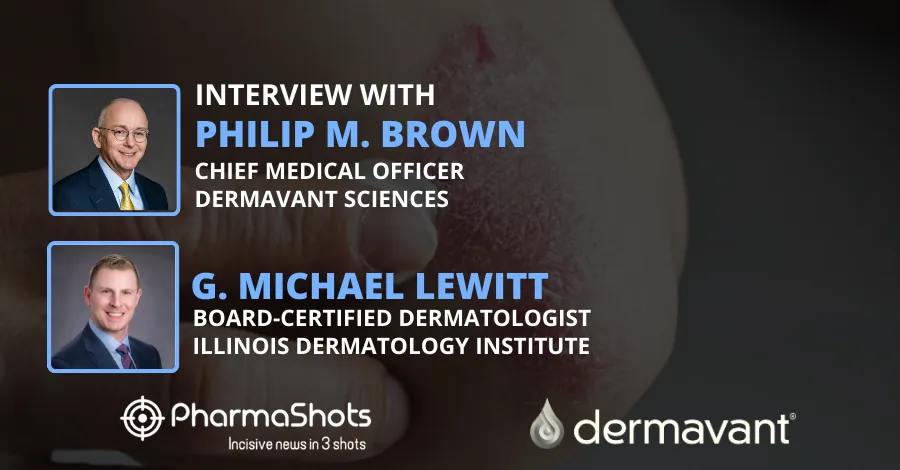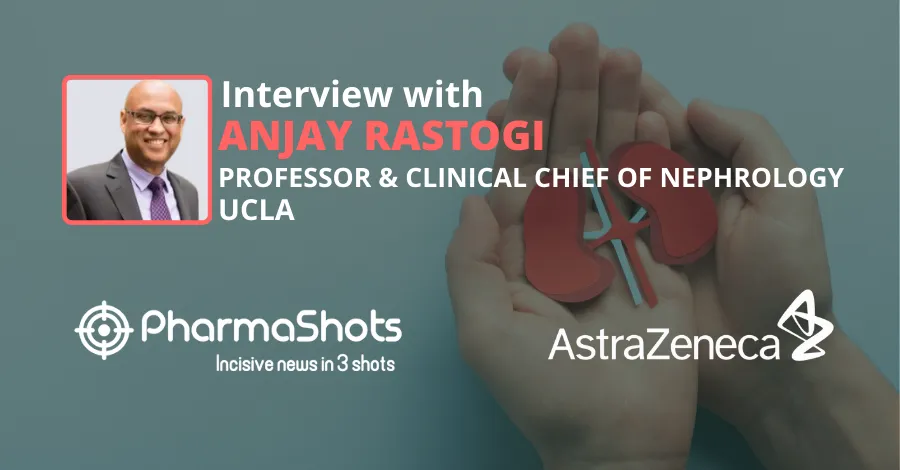
PharmaShots Interview: In Conversation with Portage’s CEO and Director, Dr. Ian Walters, Where he Shares Insights on Ongoing Clinical-Stage and Development Programs
Shots:
- Ian spoke about the study design of the clinical trials of its lead iNKT agonists
- He also emphasized the advancement of novel immunotherapies through new collaborations
- The interview provides a gist of Portage's development plan for its pipeline and various options to improve cancer treatment
Smriti: Explain the details (MOA, ROA, formulations, etc.) of PORT-2 & PORT-3?
Ian: PORT-2 and PORT-3 both contain IMM60, an agonist of invariant natural killer T cells, or iNKTs. iNKT cells are a distinct class of innate-like immune cells that recognize lipid and glycolipid antigens presented by CD1d, a molecule on the surface of various immune cells (e.g., dendritic cells, B lymphocytes, and macrophages) and on some cancer cells. Upon stimulation, iNKT cells initiate the production of cytokines to activate a broad immune response and also reduce immunosuppression of the tumor microenvironment (TME). By stimulating both the innate and adaptive immune systems, PORT-2 and PORT-3 have the potential to improve response to tumors and overcome cancer treatment resistance.
PORT-2 packages IMM60 in a liposome to facilitate delivery to the immune system, and improve pharmacokinetics. As a result, cancer cells increase the expression of PD-L1 as an immunotherapy target, enabling the body to better recognize and fight tumors, there is a prolonged activation of iNKT cells and inhibition of negative signals in the TME.
PORT-3 is a nanoparticle co-formulation of IMM60 and New York esophageal squamous cell carcinoma-1 (NY-ESO-1) peptide antigen for the treatment of NY-ESO-1 positive solid tumors. NY-ESO-1 is expressed in a wide range of tumor types and is a promising therapeutic target to stimulate humoral and cellular immune responses. Preclinical data suggest that this co-formulation is up to five times more potent than when the two treatments are given separately. The co-formulation allows the treatments to reach the target cell at the same time and work simultaneously.
Smriti: What is the study design of the clinical trials evaluating PORT-2 & PORT-3?
Ian: The PORT-2 study, known as IMP-MEL, is a Phase 1/2, open-label, dose-escalation, and randomized clinical trial. The trial is assessing the safety, tolerability, and efficacy of PORT-2 for the treatment of non-small cell lung cancer (NSCLC) and melanoma. The trial is investigating PORT-2 as a monotherapy as well as in combination with Merck’s anti-PD-1 checkpoint inhibitor, Keytruda.
The PORT-3 study is known as PRECIOUS-01 and is a Phase 1 open-label, dose-escalation, and expansion clinical trial assessing the safety, tolerability, efficacy, and dosing of PORT-3 in the treatment of patients with NY-ESO-1-positive cancers. The study is currently being conducted at Radboud University, Netherlands.
Smriti: Please highlight the outcomes of PORT-2 and PORT-3?
Ian: Preliminary Phase 1 data to date suggests PORT-2 is well tolerated when administered as a monotherapy, with no related adverse events. We plan to accelerate the opening of the combination safety cohort with Keytruda, in parallel with the ongoing high-dose monotherapy cohort. Preliminary safety data will be presented at ASCO, and then more data later this year.
Preliminary safety data for repeat dosing of PORT-3 has also been shown to be favorable. We expect to submit data for PORT-3 later this year.
Smriti: Shed some light on how the company will advance its pipeline of novel immuno- oncology therapeutics. Are there any other drugs that will be evaluated for the same or any other indication?
Ian: We are pleased with the progress made so far in our iNKT agonist programs and look forward to exploring these treatments further in future clinical trials. One recent collaboration that we announced was with Stanford University to explore the use of iNKT agonists with iNKT cell therapy. The early clinical data on the use of iNKT cell therapy for the treatment of solid tumors is very promising, and we believe that adding an agonist with the transplanted cells can further boost the response. In addition to our iNKT platforms, we have identified other potential mechanisms to target different cancer resistance pathways with a total of 10 candidates currently in our pipeline. At Portage, our aim is to identify and accelerate promising medicines that revolutionize treatment and quality of life for patients with cancer and we are continuing to expand our pipeline and partner with other biotech companies and academic institutions to help develop safe and effective treatments.
Smriti: You have mentioned combining PORT-2+Keytruda and PORT-1+Keytruda, give us more insight on these combination approaches and how they will be different from PORT-2/PORT-1 monotherapies?
Ian: As a monotherapy, PORT-1 and PORT-2 have shown heightened immune responses and single-agent activity in animal models. Preclinical research also suggests that combining these therapies with checkpoint inhibitors, including Keytruda, leads to an increase in PD-L1 expression and reversal of resistance to PD-1 therapy. The study will test if the combinations will either enable additional patients to respond to PD-1 or also help when current PD-1 therapy stops working. For cancer patients with tumors that do not already express PD-L1, response to approved agents is often limited or minimal. Our therapies may be able to re-activate the immune response to effectively identify and target the tumor, enabling the body to recognize and attack tumors that contain few immune cells and usually go undetected. We hope that by studying our therapies both as monotherapy and in combination with Keytruda, we can identify solutions that will provide the most benefit to patients who do not currently respond to checkpoint inhibitor treatment as well as improve it for those that may be sensitive to these agents.
Smriti: To which other geographic location does Portage plan to expand the PORT-2 study?
Ian: Unfortunately, the COVID pandemic has wreaked havoc on the clinical trials systems globally as resources are shunted away from experimental therapies to support more significant health issues. On top of that cancer patients have avoided going to hospitals where many uninfected high-risk patients can get exposed to the virus and have complications. Our goal is to extend the footprint of this study to different regions and systems that have a better capacity for clinical trials. This means other areas in Europe as well as also reaching North America.
Smriti: What is your strategy for the regulatory submissions of PORT-2 in other countries?
Ian: We decided to expand the PORT-2 study beyond the UK to accelerate clinical studies while addressing COVID-19 headwinds. We have hired a global clinical research organization, Parexel, and are preparing for regulatory submissions in other countries. We look forward to collaborating with Parexel and will be adding substantially more hospitals to the study which will have a huge impact on the number of patients that we can recruit each month and has the potential to accelerate enrollment in the planned Phase 2 portion of the PORT-2 study. This does take some time to submit regulatory documents in the different countries and get sites activated, but will make a big difference once they are on board.
Smriti: What were the key findings of the preclinical study evaluating PORT-5? What is next for your STING agonist research?
Ian: PORT-5 (STI-001) is a stimulator of interferon genes (STING) agonist packaged in a virus-like particle (VLP) developed in collaboration with our affiliate Stimunity. The STING pathway has been an area of interest in cancer treatment for a long time, but limitations of intratumoral approaches have hindered STING-activating therapies in clinical trials. Animal data has not translated to the clinic largely in part due to the poor targeting of these approaches to key immune cells. The current agents will activate STING broadly and lead to counterproductive effects that may promote tumor growth. We recently presented preclinical data at AACR 2022 showing that PORT-5 can be delivered systemically and achieve potent activation of the STING pathway preferentially in dendritic cells. To our knowledge, this is the first approach that is delivered systemically but acts in a targeted fashion on dendritic cells. The results show that this approach has a much better immune-stimulatory effect compared to existing products. We are preparing this agent for clinical testing.
We also recently signed a cooperative research and development agreement (CRADA) with the National Cancer Institute (NCI), part of the National Institute of Health. The agreement states that Portage and the NCI will work together to advance the preclinical and potential clinical development of STING agonists and anti-Receptor for Advanced Glycation End-products (RAGE) agents, for possible synergy individually or together to enhance the efficacy of cancer vaccines developed by the NCI CCR Vaccine Branch.
Smriti: How does Portage plan to extend its pipeline and continue to develop therapies to improve cancer treatments?
Ian: As part of our broader research and development strategy we partner with experts and companies that could bring additional expertise and insights to help advance the science and open new avenues for development. Besides the above-mentioned collaboration with the NCI, we recently announced two new academic collaborations, including a partnership with Dr. Francis Mussai and Dr. Carmela De Santo at the University of Birmingham on iNKTs and a collaboration with Dr. Robert Negrin and his team at Stanford University to evaluate the use of PORT-2 with iNKT cell therapies in animals.
We continue to seek out opportunities to extend our pipeline and further push the boundaries of science to develop novel immuno-oncology treatments. We look forward to sharing further updates on our partnerships and our programs.
Source: Canva
About Author:

Dr. Ian Walters is the CEO and Director of Portage Biotech. He has over 20 years of expertise in immuno-oncology drug development. Dr. Walters received his M.D. from the Albert Einstein College of Medicine and an MBA from the Wharton School of The University of Pennsylvania.

Senior Editor at PharmaShots. She is curious and very passionate about recent updates and developments in the life sciences industry. She covers Biopharma, MedTech, and Digital health segments along with different reports at PharmaShots.



